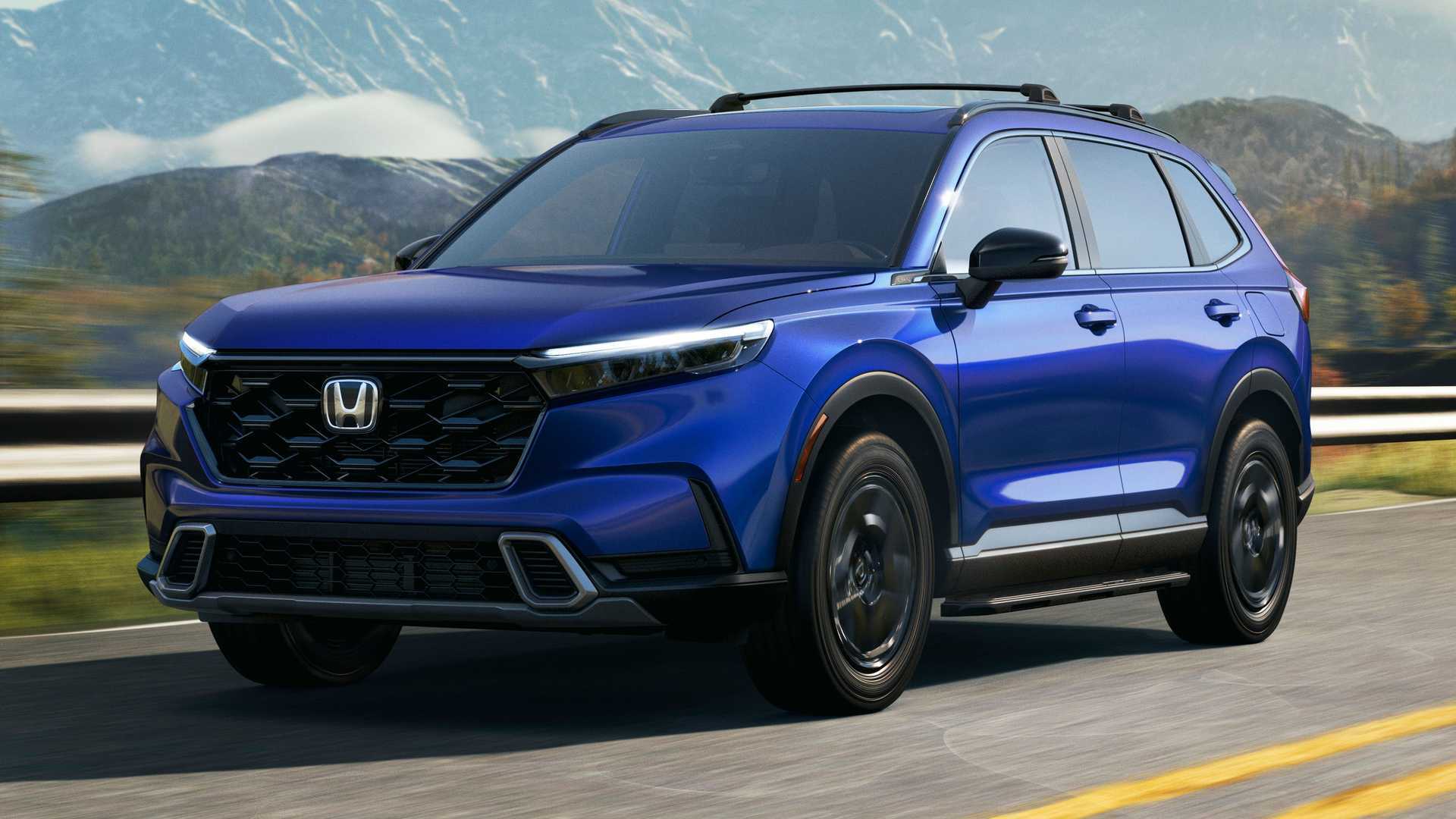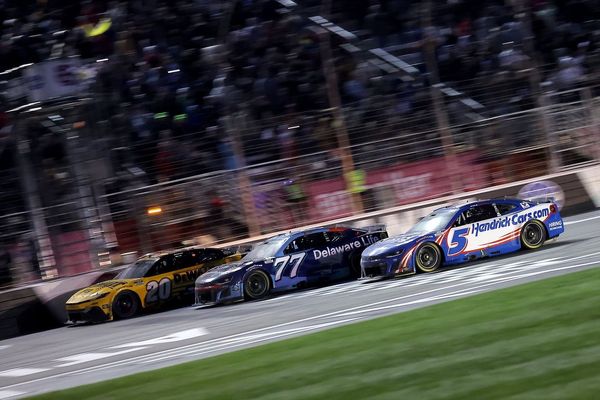
Honda provided a few more details relating to its next-generation hydrogen fuel-cell electric vehicle, which will be based on the CR-V. The as-yet-unnamed crossover will be part of the automaker's push to eliminate carbon emissions from its lineup.
In a meeting primarily focused on the automaker's fuel cell business strategy for the future, Honda revealed the packaging of the small crossover, with a fuel cell stack and electric drive motor taking up residence under the hood and over the front wheels, similar to the internal combustion CR-V. A hydrogen tank will appear under the back seat, with another above and just forward of the rear axle – both good locations from a crash safety perspective. An “Intelligent Power Unit” shows up in place of the gas-powered CR-V’s driveshaft, bundling a battery, electric inverter, and powertrain controls together in one module.
Honda didn’t specify how large the battery is, but it’ll be enough to provide plug-in electric capability, which the automaker confirmed a few months ago. Such a system will allow owners to recharge their SUVs overnight, allowing them to drive some distance before firing up the fuel cell and reducing their dependence on the hydrogen refueling infrastructure, one of the main problems faced by owners of the Toyota Mirai and bygone Honda Clarity Fuel Cell.
The fuel cell vehicle will be built at Honda's Performance Manufacturing Center in Ohio, most famous for being the site where the now-discontinued NSX was produced. What's more, Honda will export Japanese-market versions of the car from the Ohio facility. Sales in Japan and North America are expected to start sometime in 2024.
Gallery: Honda Fuel Cell Technology Announcement







Honda’s next-generation fuel cell, which will appear in the 2024 SUV, was developed in partnership with General Motors. The Japanese automaker claims it will cost two-thirds less than the fuel cell found in the Clarity, with double the durability thanks to more corrosion-resistant materials. The fuel cell also features faster startup times in very cold temperatures – minus 22 degrees Fahrenheit (minus 30 degrees Celsius).
Representatives from the company also teased the fuel cell system that will follow by the end of the decade, offering half the cost and double the durability of next year’s unit. The automaker hopes that it will help speed the adoption of hydrogen fuel cells in heavy trucking, construction, shipping, and power generation.







